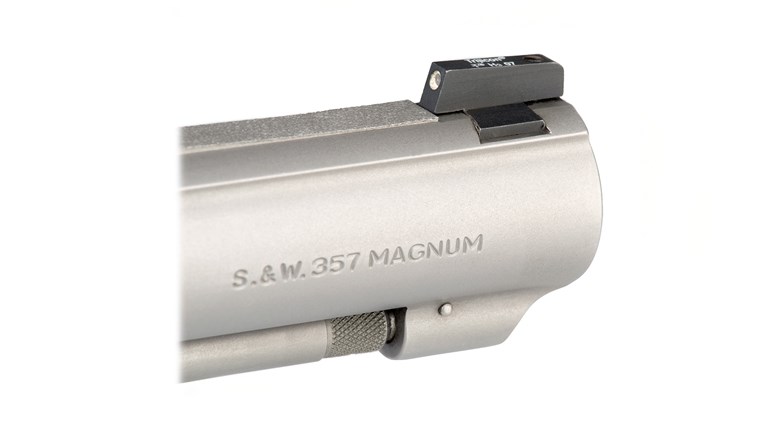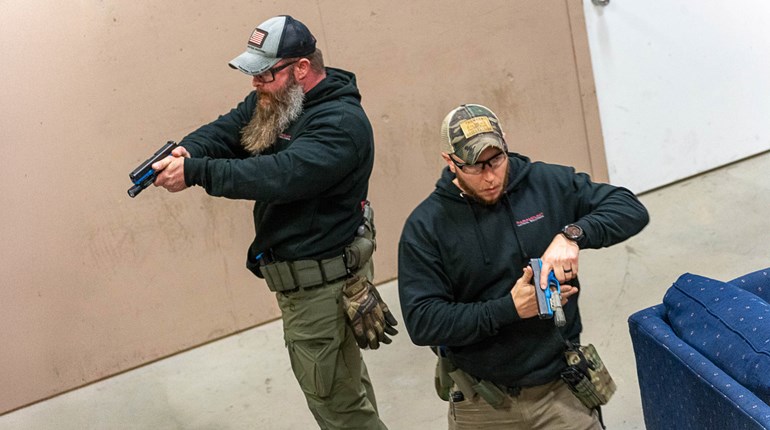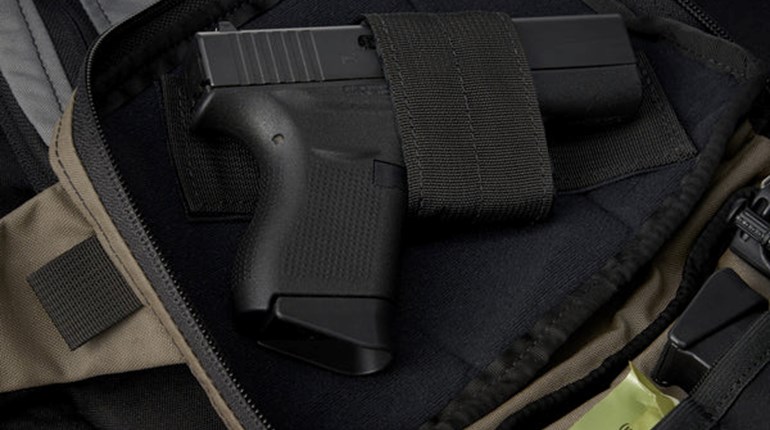
The problem
You have felt the need to acquire a handgun for personal protection and perhaps some recreational shooting. Although you have owned revolvers in the past, you'd like to try a semi-automatic to modernize. But either your hands aren't very strong to start with, or your hand strength isn't what it used to be. You're having trouble successfully locking the action rearward on the semi-automatic pistols you have handled. If you can't lock the slide back, you may be stuck using a revolver. Regardless, you'd like to learn the best methods to help with handling and operating a semi-auto.
The Fix
Using muscles to do things for which they hadn't been previously used is challenging, to say the least. I have a few options for you, as well as some suggestions on what you might look for in a new semi-automatic pistol for self-defense and concealed carry. I'd like to give you some guidelines, which will help with your handling, marksmanship and overall confidence when using your new handgun.
Success depends as much upon hand size as hand strength. Many people buy a handgun because somebody they trust suggested that brand or model, and they often end up with something too big or too small. This leads to a less-than-perfect experience with their new firearm acquisition.
With the pistol centered in the web of your hand-between your thumb and index finger-the barrel should point as an extension of the hand as if pointing at an object with your index finger. Your hand-eye coordination combined with your natural ability to point gets the muzzle on target. The second part of the equation is to be able to reach and pull the trigger without shifting your grip. If you can't reach and pull the trigger, you need to consider a pistol with a smaller grip, a shorter trigger reach or both.
This parlays into gripping the slide while holding the frame in order to retract the slide rearward, locking the action open for safety, cleaning, etc. Two things to consider are the slide's available gripping surfaces and their compatibility with your hand size, along with the resistance of the recoil spring and hammer (if the pistol is so equipped) to the movement of the slide.
Most semi-auto pistols have slide serrations, or gripping surfaces, just aft of the ejection port on either side for the purpose of manipulating the slide. The idea is to place the base of the thumb on one side of these gripping surfaces and the fingertips on the other for sufficient purchase on the slide. Many people with average hand strength simply grip the frame as they would when firing to hold it stationary while gripping the slide and pulling it back fully to load a round, clear the chamber or lock the action open.
If this is difficult for you, I suggest you hold the pistol close to your body-ensuring the muzzle is pointed in a safe direction-and push the frame forward with the shooting hand (finger off the trigger), while pulling the slide rearward with the non-shooting hand. Such a motion is similar to tearing a cloth or piece of paper in half.
Practice this action with the pistol unloaded to get the feel for what is necessary to cycle the slide using the push/pull method. Follow that step by inserting an empty magazine to automatically lock the slide open when it is pulled sufficiently rearward. When proficiency is achieved, the final step is to practice manipulating the slide while applying upward pressure on the slide-stop lever to engage the notch in the slide, which locks the slide to the rear. Once you are able to do this comfortably, you are ready to load, unload, perform immediate action and clear the pistol for inspection. It's really about technique rather than brute force when it comes to opening the action of most semi-auto pistols.
There are a few other tricks that might help you work a semi-auto handgun. A locked-breech pistol like the SIG Sauer P239 in 9 mm is much easier to manipulate than a blowback-operated handgun like the company's P232 in .380 ACP. This is due to the resistance of the recoil spring being lighter in a locked-breech gun. Both pistols are similar in size, but their designs have differences in slide resistance due to recoil-spring strength. As a general rule, recoil springs are stronger and heavier in larger-caliber semi-automatics like those chambered in .40 S&W and .45 ACP. Because of this, my recommendation is to start with a 9 mm that fits you well.
With these guidelines, you should be able to make a solid selection from the multitude of excellent semi-automatic pistols on the market. You now have the techniques to help you operate it with confidence. Of course, there is nothing wrong with using a revolver. In either case, take a class, practice and have fun.






































